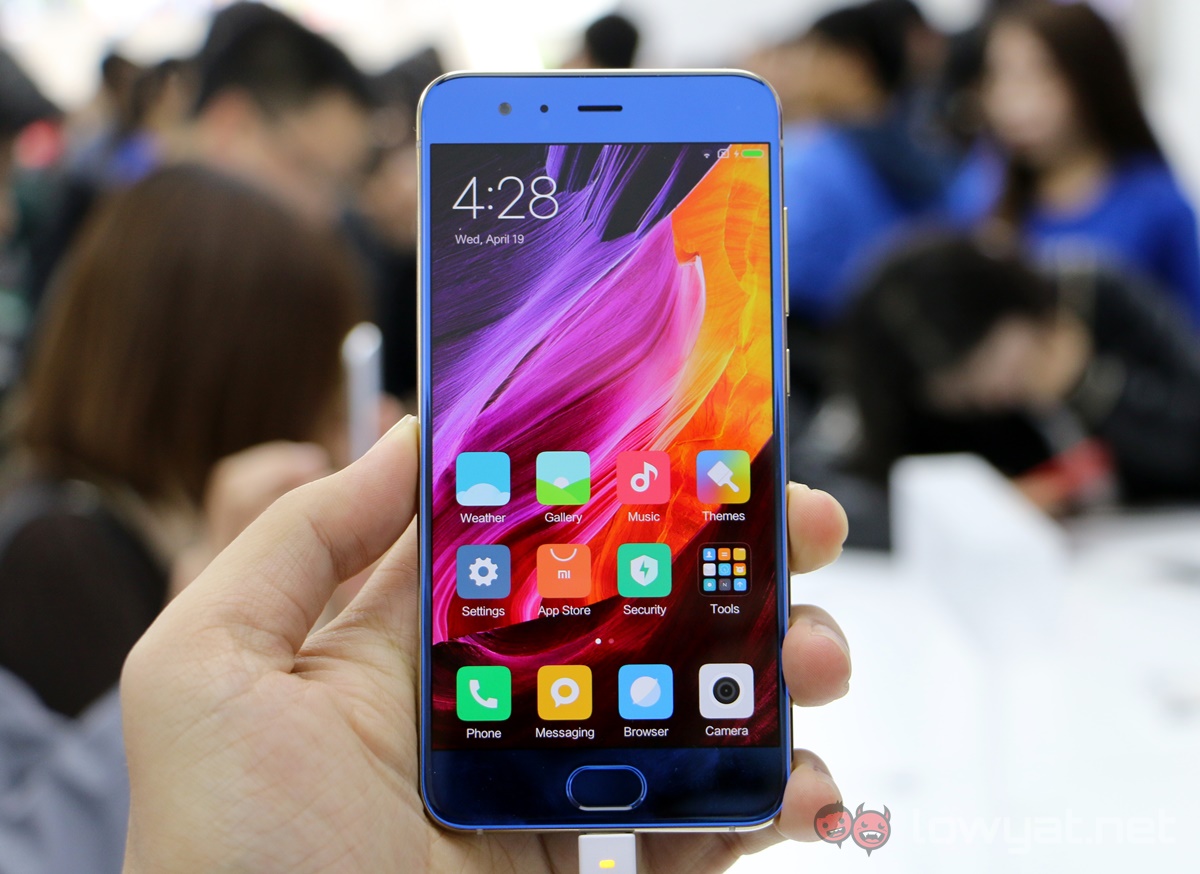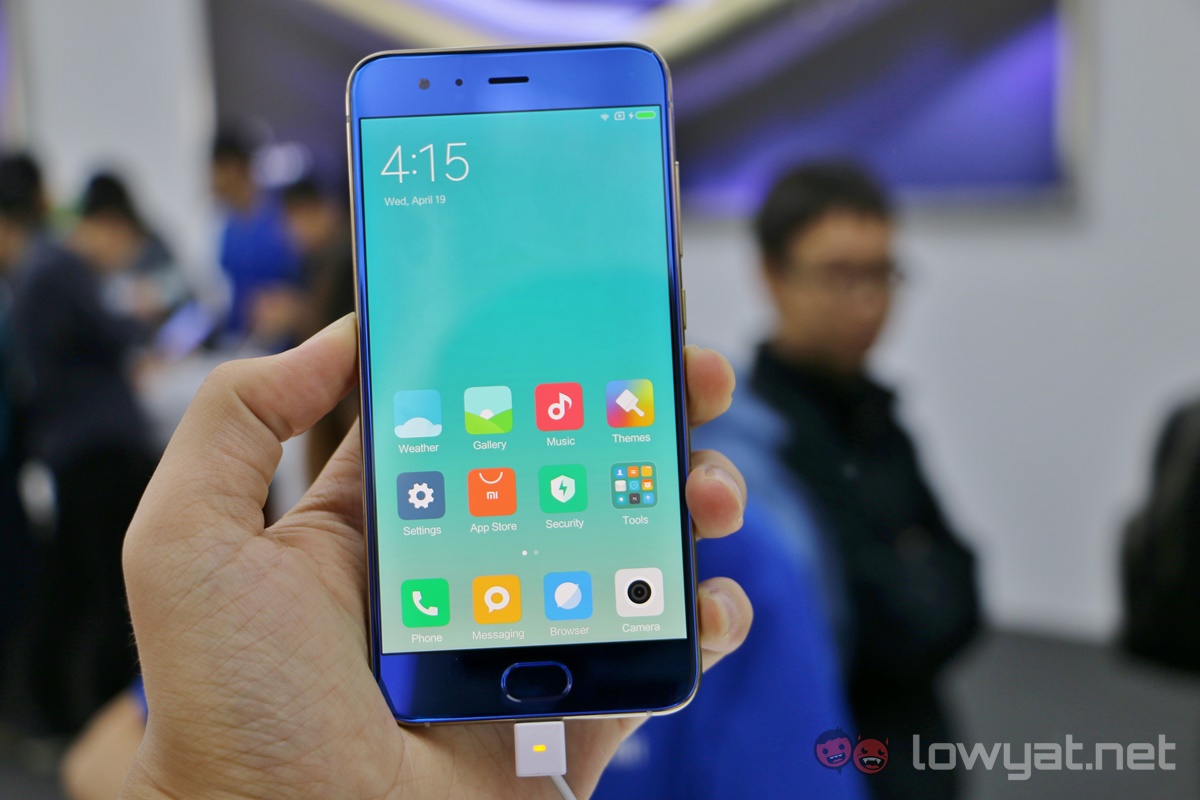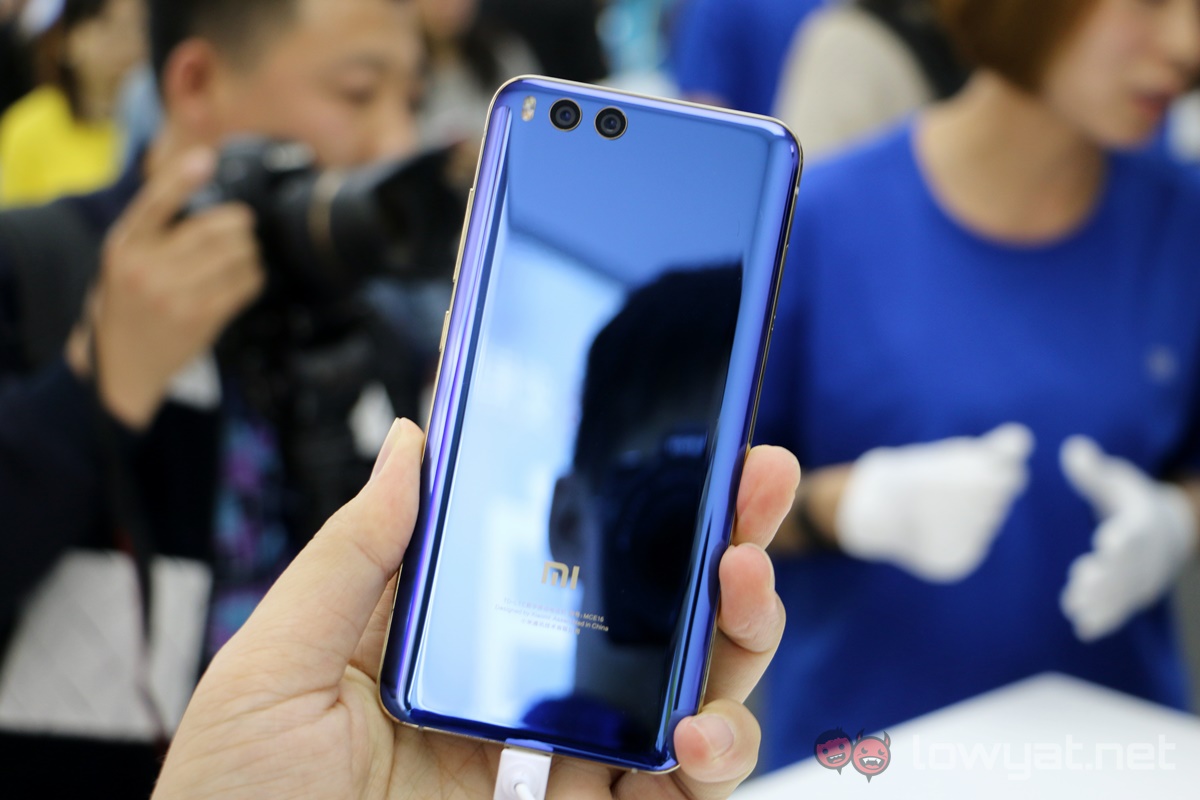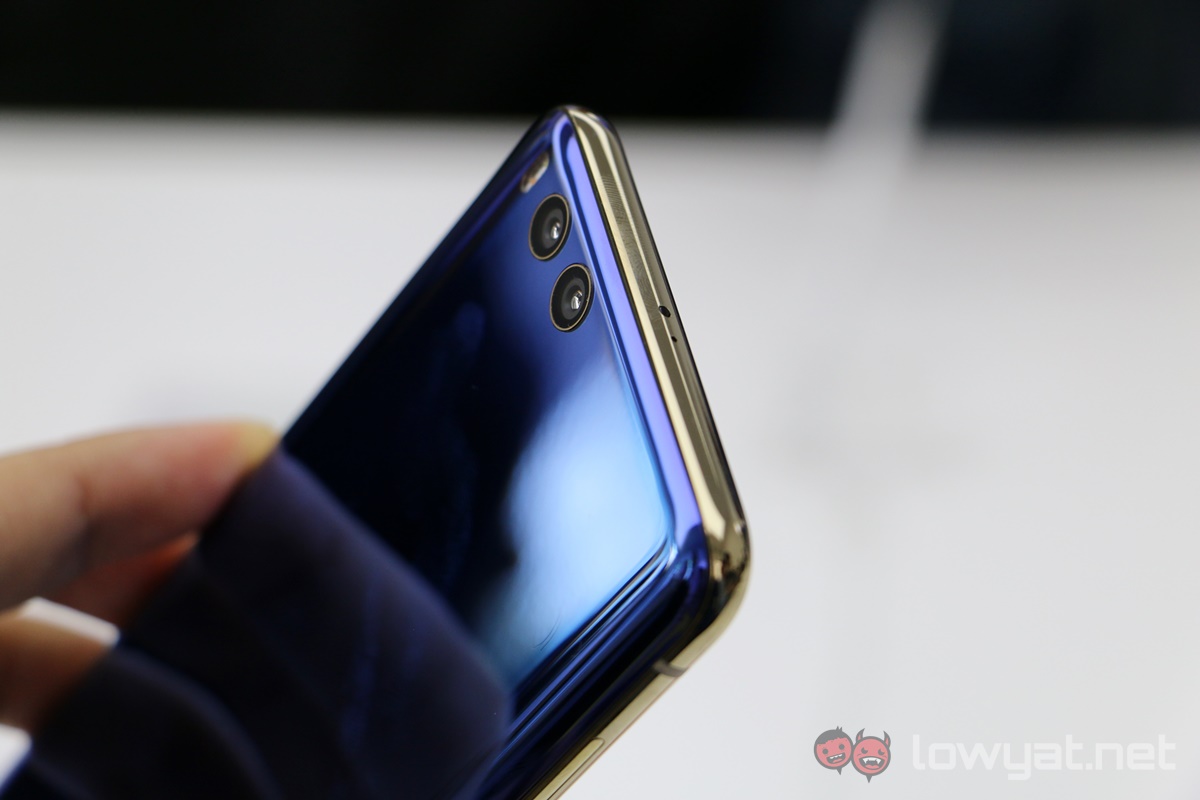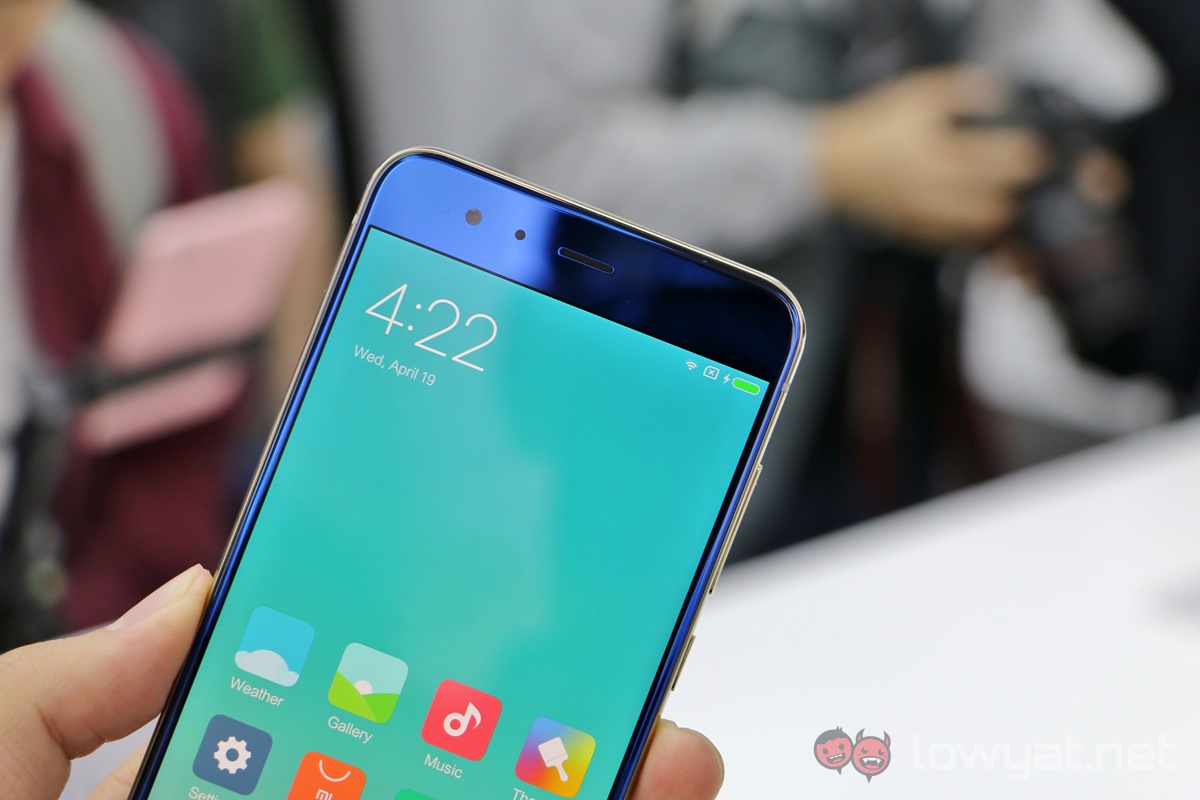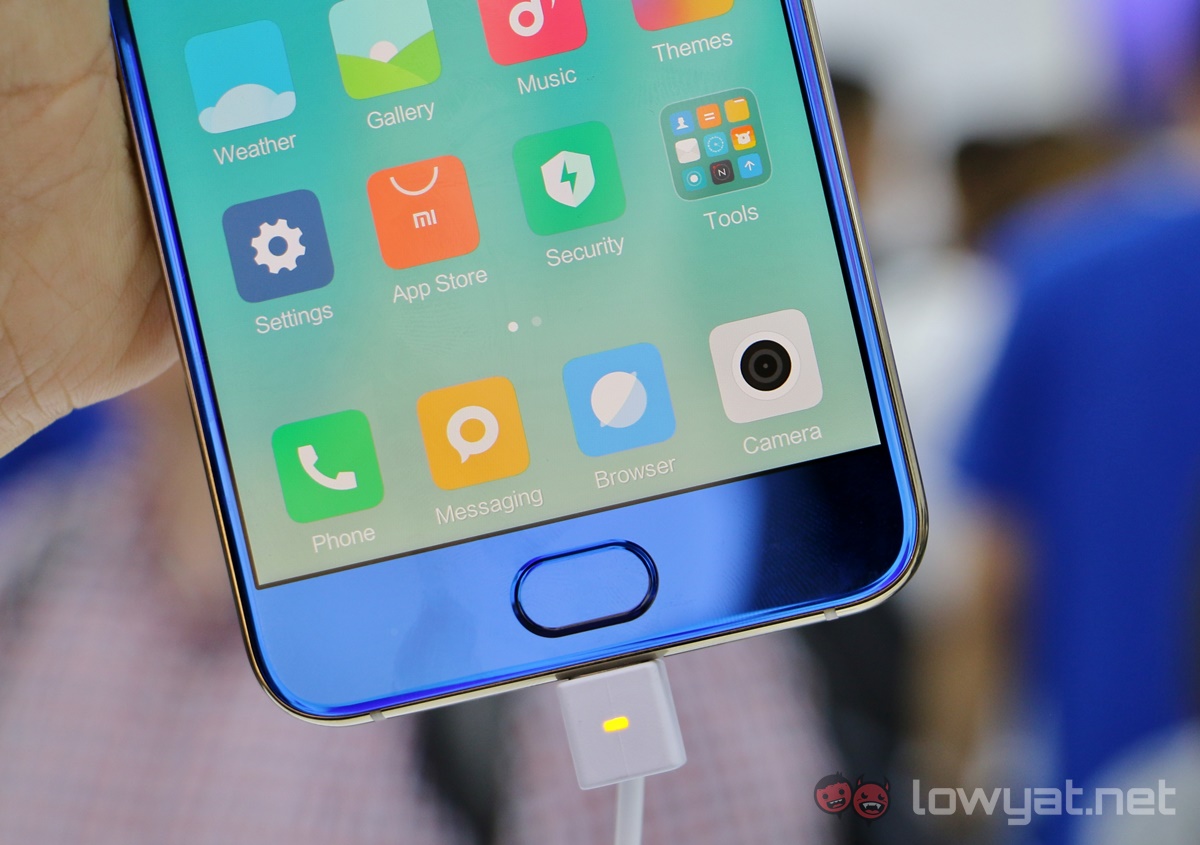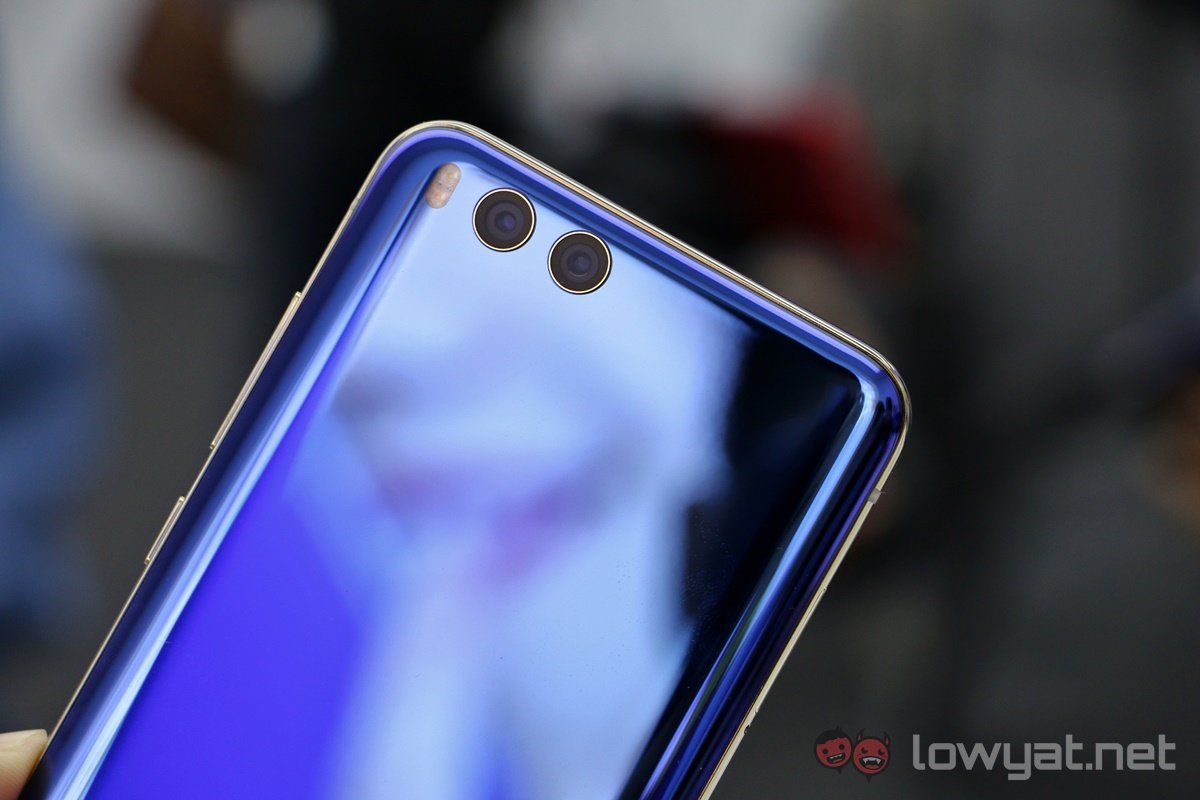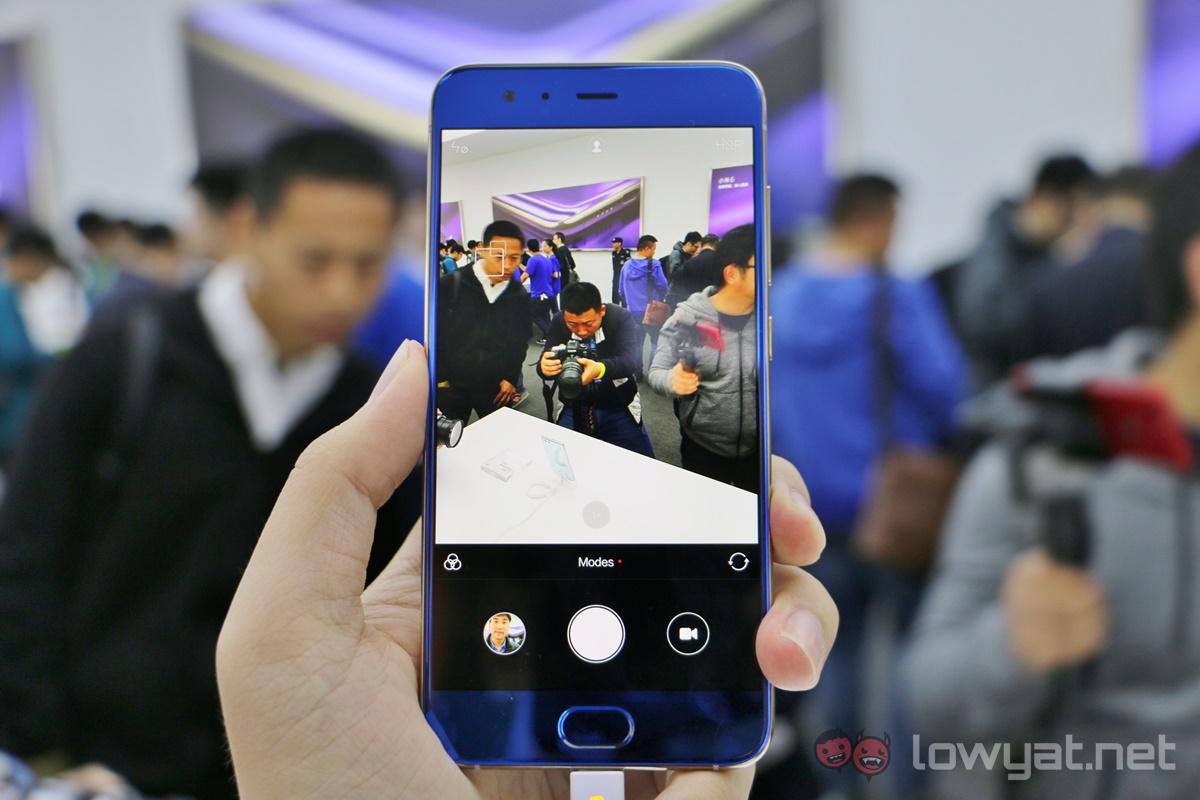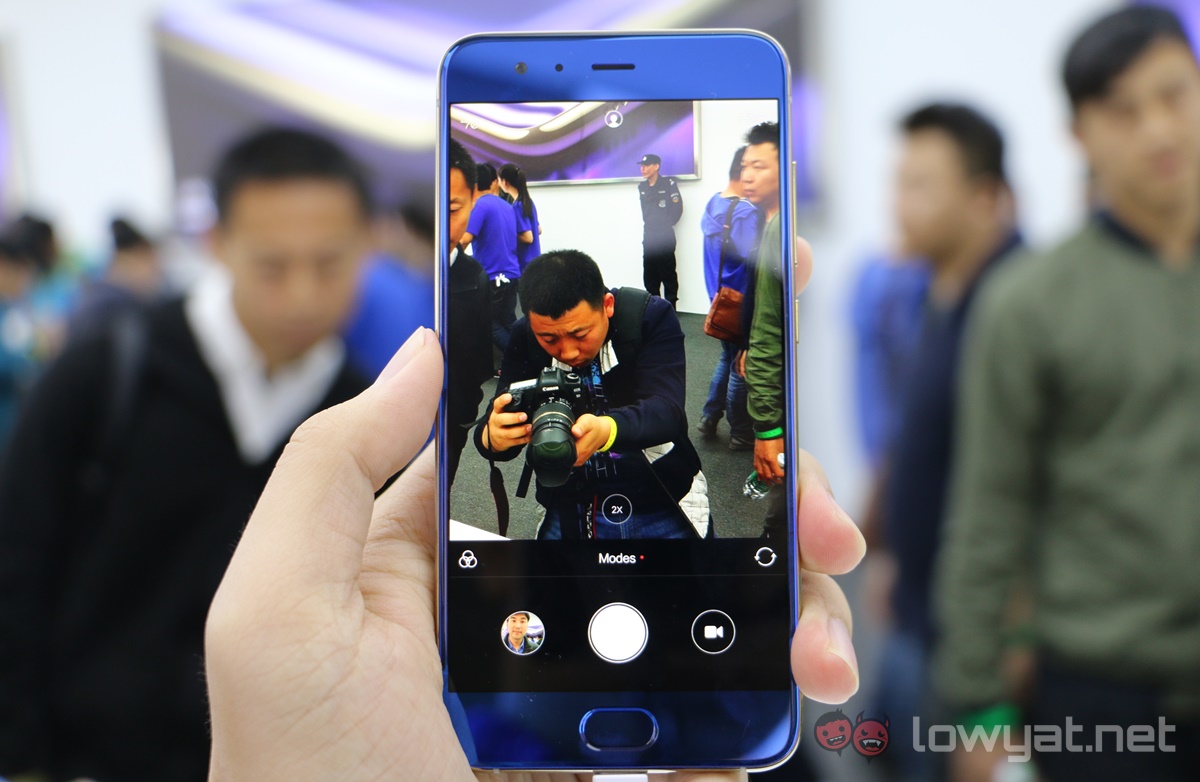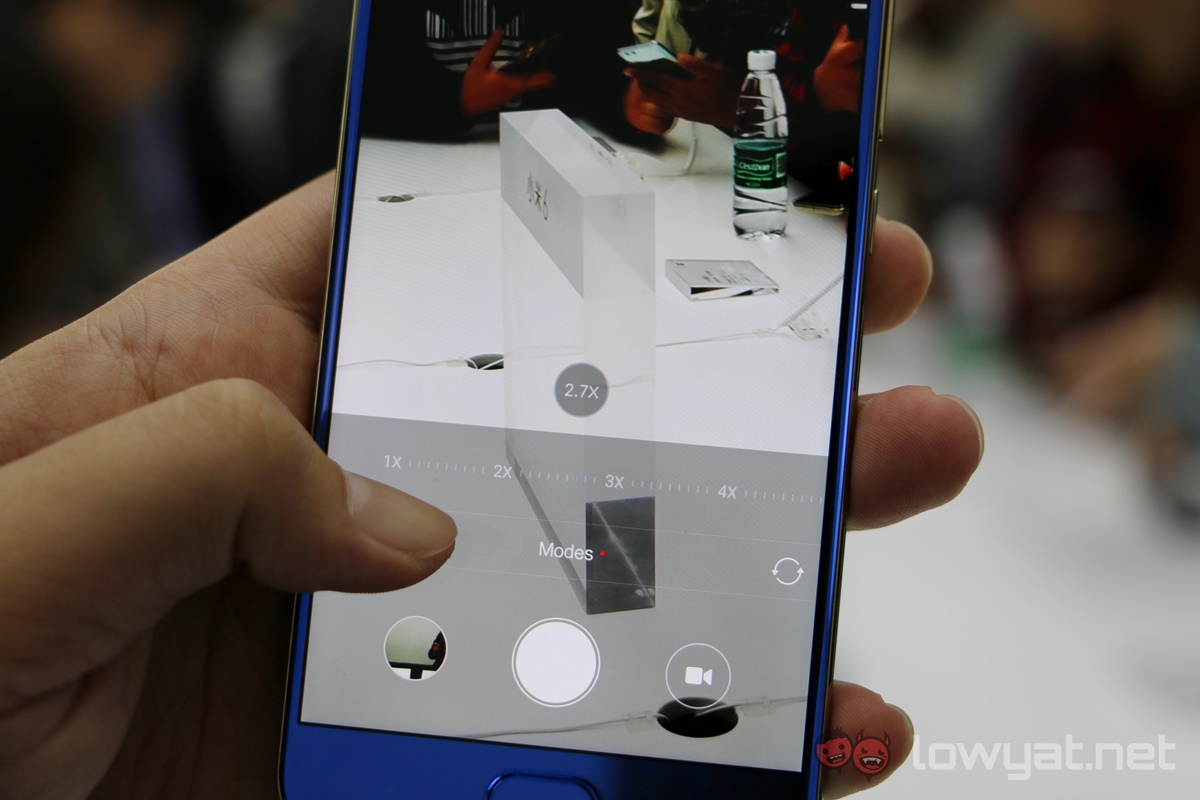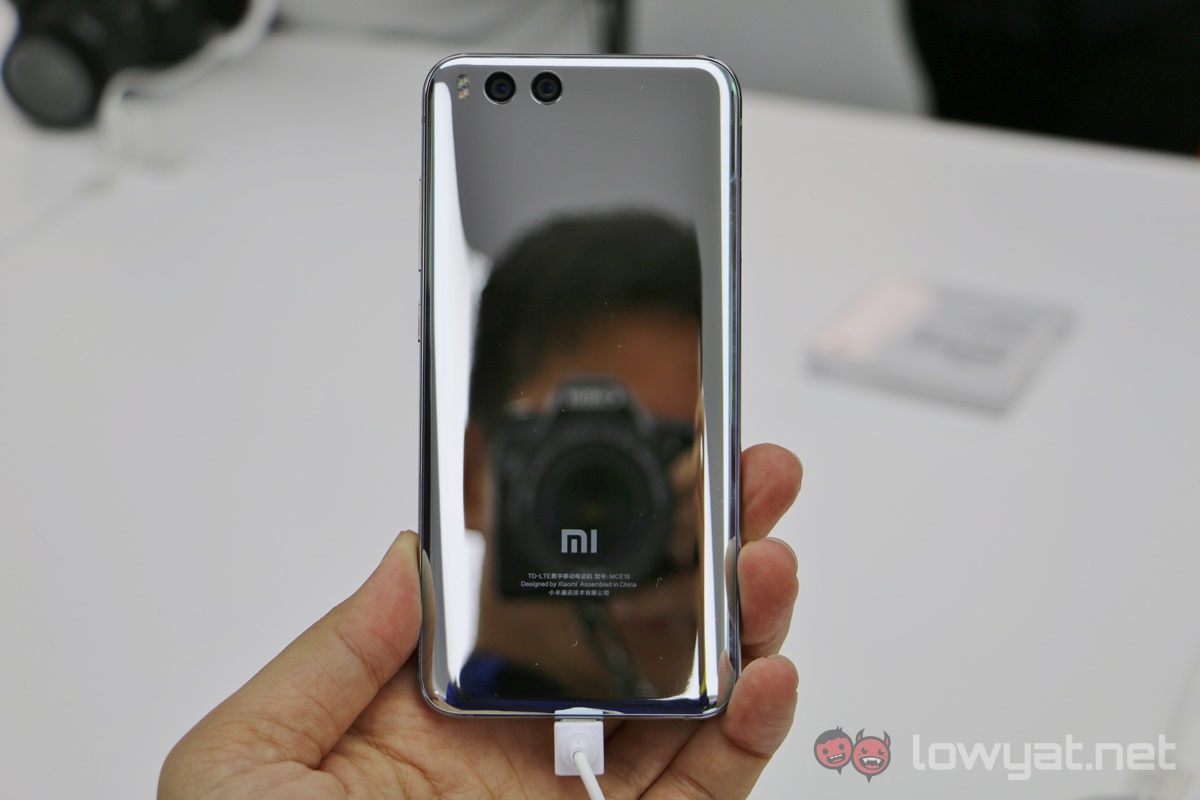Xiaomi’s new Mi 6 is what you’d expect from a flagship from the Chinese company: it’s fitted with the most powerful hardware around, it looks better than what you’d expect from Chinese smartphones, and it’s exceptionally affordable.
Despite checking all these off the list, the Mi 6 left me a little underwhelmed. Don’t get me wrong, the Mi 6 is an excellent device for its price – but there is a feeling that the company missed a beat with the Mi 6.
The design language remains the same as the Mi 5 from last year (which isn’t a bad thing), though colours now play a much more prominent role on the Mi 6. Much was said about the “four-sided curved glass” back, and from both an aesthetic and comfort point of view, this is actually subtly good.
The curved sides are less pronounced than the Mi 5, and the glass seamlessly blends into the stainless steel frame – making it a lot more comfortable to hold. The curved top and bottom simply makes it a more organic-looking device.
Speaking of which, the use of stainless steel instead of the usual aluminium alloy is a welcome new feature on the Mi 6. The Mi 5 was almost too light for some people, so the use of a heavier and stronger metal gives the Mi 6 some much-needed heft. The ceramic edition is slightly heavier – though that’s not necessarily a bad thing.
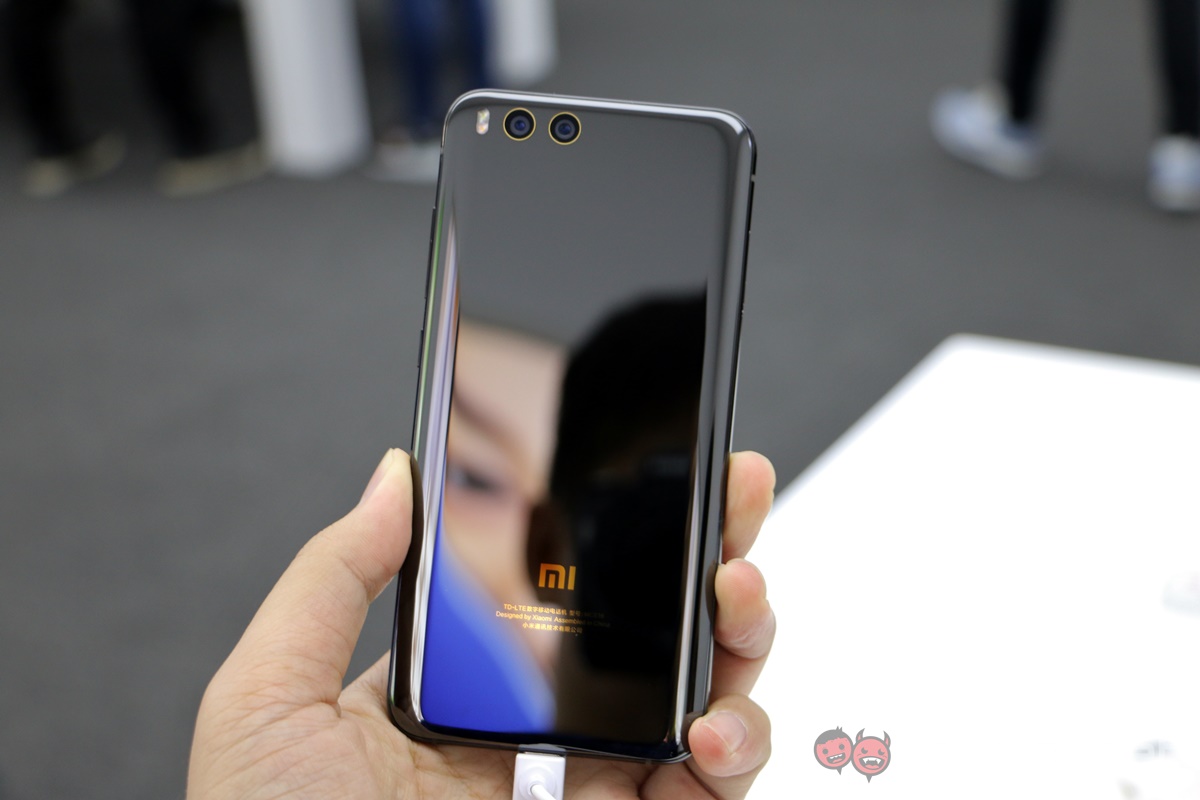 Like the Mi Mix Ceramic Edition, the Mi 6 Ceramic Edition has 18K gold rings around the camera sensors.
Like the Mi Mix Ceramic Edition, the Mi 6 Ceramic Edition has 18K gold rings around the camera sensors.
At the front is where the Mi 6 looks somewhat dated. The top and bottom bezels are thicker even than the Samsung Galaxy S7 edge from 2016, which at a time when Samsung, LG, and even Xiaomi themselves are working towards bezel-free designs…is a noticeably odd decision. And, despite venturing into VR since last year, the Mi 6’s Full HD resolution display yet again scratches heads.
That’s not to say the Mi 6’s display isn’t nice in any way. The new panel boasts a new eye care technology that’s capable of 4,096 brightness levels, with tiny increments of 0.15 nits. At its dimmest level, the Mi 6 is almost completely dark – though the idea here is to allow better brightness control when used in low- to no-light conditions (such as before going to sleep).
Obviously this isn’t something we were able to test at the brightly lit experience zone, but like all Mi phones before it, the display is bright, punchy, and the Sunlight Display feature makes it great for use outdoors.
MIUI 8 is largely unchanged from other Mi phones, but there is one new addition that’s linked to the Mi 6’s new hardware: the dual-camera setup at the back. This isn’t the first Xiaomi phone with a dual-camera setup – the first was the low-profile Redmi Pro – but this is certainly a high-profile move. In fact, the Mi 6’s dual-camera setup is the same dual 12MP sensor array used on the iPhone 7 Plus.
This means the Mi 6 camera is capable of 2x optical zoom, because each sensor has different focal lengths. And, like the iPhone 7, there’s a new Portrait Mode to utilise the additional data from both sensors for some pleasant bokeh effects.
The camera UI is quite similar to that on iOS, especially in the location of the zoom and Portrait Mode toggles. The zoom toggle is just above the shutter button, making it easy to zoom even with one hand. To switch from 1x to 2x, simply tap on the zoom toggle; to increase the zoom beyond 2x, hold the toggle and drag horizontally.
We haven’t been able to test the camera at the experience zone, but we’ve received our review unit and will be conducting a more thorough post for this in the coming days.
One thing that I didn’t quite enjoy: the Huawei-like watermark on each photo captured on the Mi 6. You’ll need to dig a little into the settings to turn it off, because it is enabled by default.
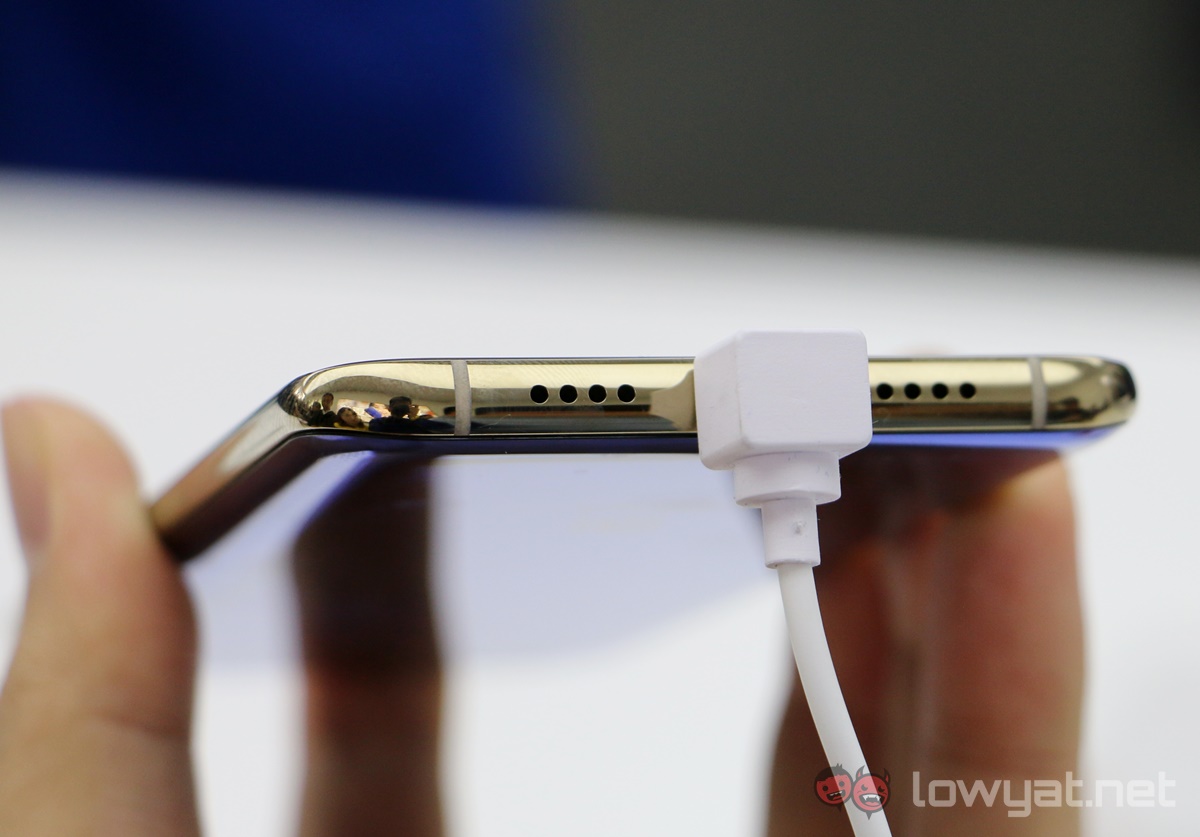
The omission of the 3.5mm audio jack will surprise many, considering the fact that Xiaomi makes not one, but several high-quality earphones designed to complement its smartphones. The company bundles a USB Type-C to 3.5mm port with each Mi 6, but until it releases a dedicated pair of USB Type-C earphones in the very near future, it looks like a rather user-hostile move from a company that champions its community.
In all, I could not shake off the underwhelming feeling for the Xiaomi Mi 6. It isn’t for the fact that it isn’t a really good phone, but rather it left me feeling that Xiaomi was being unnecessarily restrained. The Mi 6 could have been a lot more than what we saw. But instead, we got a conservatively-designed device that was masked by conversations around mirror finishes and four-way curved glass.
The Mi Mix set the tone for the company to be seen as innovative and forward thinking, but the Mi 6 doesn’t quite scale that height.
Follow us on Instagram, Facebook, Twitter or Telegram for more updates and breaking news.


